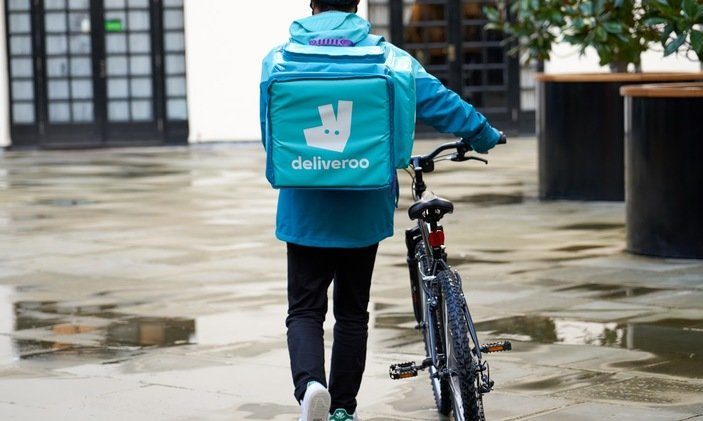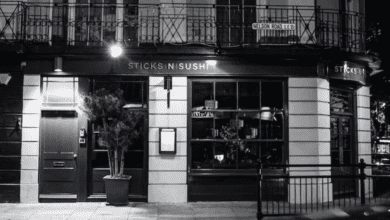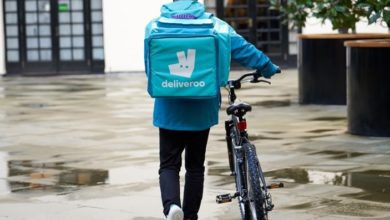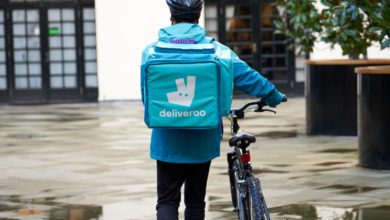Should you list your business on a delivery app?
Catering Today discovers the pros and cons of listing your restaurant on a delivery app and what you can do to mitigate the downsides should you choose to

With the rapid rise of online food delivery, apps like Uber Eats, Just Eat, and Deliveroo have transformed the UK restaurant industry. The ease of ordering food with a few taps on a smartphone has made delivery apps a convenient choice for consumers.








